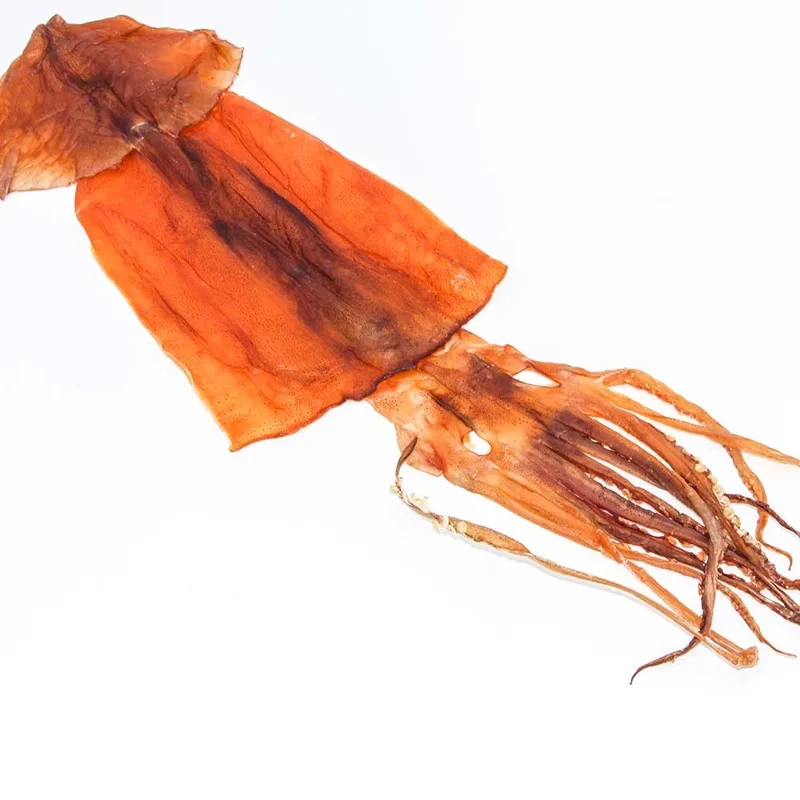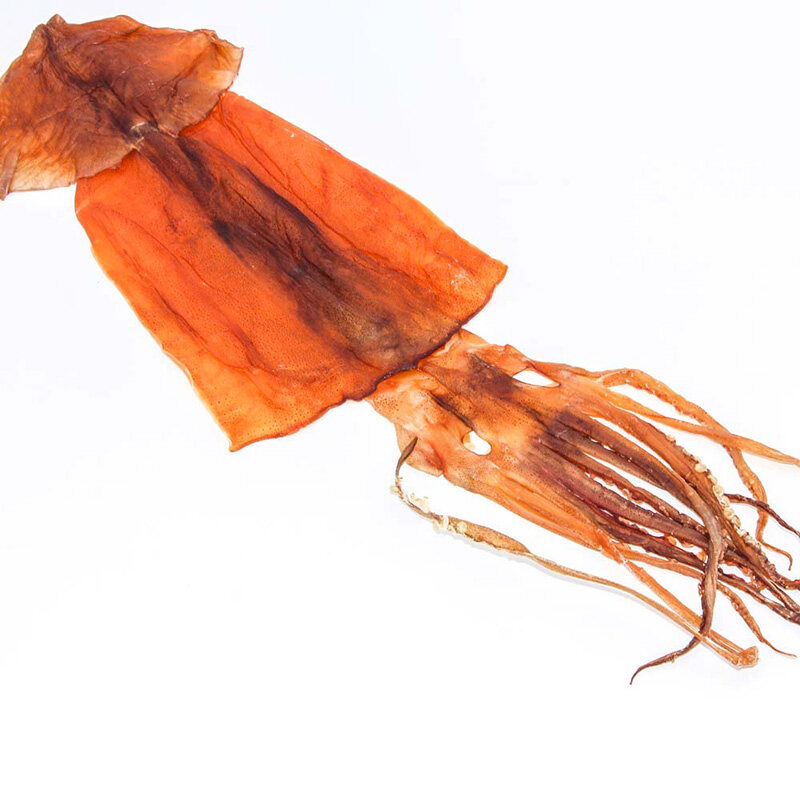Email cannot be empty
Password cannot be empty
Email format error
Email cannot be empty
Email already exists
6-20 characters(letters plus numbers only)
The password is inconsistent
Email format error
Email cannot be empty
Email does not exist
6-20 characters(letters plus numbers only)
The password is inconsistent


The Marvels of Dried Squid: A Culinary and Cultural Journey
When it comes to savoring diverse and intriguing foods from around the world, dried squid whole is a fascinating subject that deserves a deep dive. This humble seafood delicacy, often overlooked in Western cuisines, holds a significant place in various cultures, particularly in Asia. Whether you're a seasoned food enthusiast or just a curious cook, exploring the world of dried squid can be both enlightening and delicious.
The Origins of Dried Squid Whole
Dried squid, or "Ika" in Japanese, has been a staple in Asian diets for centuries. This preservation technique dates back to ancient times when refrigeration was not available. Coastal communities would dry squid to ensure a steady supply of food throughout the year, especially during long winters or maritime voyages. The process involves cleaning and flattening the squid before hanging it to dry, which concentrates its flavors and extends its shelf life.
The art of drying squid has been perfected over generations. In countries like Japan, Korea, and China, dried squid is not just food—it's a part of cultural traditions. Each region has its unique method of preparation and consumption, reflecting local tastes and practices.
The Process of Making Dried Squid Whole
Understanding the preparation of dried squid whole can give you a newfound appreciation for this delicacy. The process begins with selecting fresh squid. The squid is cleaned, with the internal organs and beak removed. It’s then flattened and sometimes seasoned with salt or other spices. After this, the squid is hung to air-dry. In some methods, the drying takes place under the sun, while others use dehydrators or special drying rooms.
This process can take several days to weeks, depending on the environmental conditions and the desired texture. The result is a chewy, flavorful snack that can be enjoyed on its own or used in various dishes.
The Taste and Texture of Dried Squid Whole
One of the most distinctive aspects of dried squid whole is its unique taste and texture. When dried, squid takes on a dense, chewy texture that can be quite satisfying. The flavor is often described as a concentrated seafood taste with a hint of saltiness and umami. This makes dried squid a perfect snack for those who enjoy bold and savory flavors.
The texture of dried squid can vary from soft and tender to very firm, depending on how long it was dried. Some people enjoy it as a crunchy snack, while others prefer a more pliable texture that absorbs flavors better when cooked.
Culinary Uses of Dried Squid Whole
Dried squid whole can be used in numerous culinary applications. Here are a few popular ways to enjoy this versatile ingredient:
As a Snack: Dried squid is often eaten as a snack, especially in Asian countries. It can be enjoyed on its own, or sometimes with a dipping sauce or a sprinkle of spices. In Japan, it’s common to find dried squid served with beer or sake.
In Soups and Stews: Adding dried squid to soups and stews imparts a deep, rich flavor. The squid rehydrates and adds both texture and umami to the dish. Korean cuisine frequently uses dried squid in dishes like miyeok-guk (seaweed soup) and various stews.
In Stir-Fries: Dried squid can be chopped and added to stir-fries. It pairs well with vegetables and other proteins, adding a distinctive seafood flavor to the mix.
As a Topping: In some Asian dishes, dried squid is used as a topping. For instance, it can be crumbled over rice or noodle dishes for added flavor and texture.
Nutritional Benefits of Dried Squid Whole
Dried squid is not just tasty—it also offers several nutritional benefits. It’s a good source of protein, which is essential for muscle growth and repair. Additionally, it provides important nutrients such as vitamins and minerals, including vitamin B12, iron, and omega-3 fatty acids. However, due to its drying process and seasoning, dried squid can be high in sodium, so it’s best enjoyed in moderation.
The Cultural Significance of Dried Squid
Beyond its culinary uses, dried squid holds cultural significance in many parts of Asia. In Japan, it’s a traditional snack that’s often enjoyed during festivals or gatherings. In Korea, it’s a popular item at markets and a beloved addition to meals.
In these cultures, dried squid is more than just food—it’s a symbol of culinary heritage and tradition. The meticulous process of drying squid reflects a deep appreciation for preserving and savoring local ingredients.
How to Prepare Dried Squid Whole at Home
If you’re interested in trying your hand at preparing dried squid whole, it’s a relatively straightforward process. Here’s a simple guide to get you started:
Purchase Fresh Squid: Look for fresh, clean squid at your local seafood market. If you can’t find it fresh, pre-dried squid is also available at Asian grocery stores.
Clean the Squid: Remove the internal organs, beak, and skin. Rinse the squid thoroughly.
Flatten and Season: Flatten the squid and season with salt if desired. You can also use other spices or marinades to add flavor.
Dry the Squid: Hang the squid in a well-ventilated area to dry. If using a dehydrator, follow the manufacturer’s instructions.
Store: Once dried, store the squid in an airtight container to maintain its freshness.
Conclusion
Dried squid whole is a culinary treasure that offers a unique taste experience and a glimpse into various cultural traditions. From its ancient origins to its modern-day uses, dried squid is a versatile ingredient that continues to delight food enthusiasts around the world. Whether enjoyed as a snack, added to soups and stews, or used in stir-fries, dried squid adds a distinctive flavor that’s both savory and satisfying.
As you explore the world of dried squid, you’ll find that it’s not just about the taste—it's also about appreciating the history and cultural significance behind this remarkable ingredient. So next time you come across dried squid whole, give it a try and savor the rich flavors and heritage it brings to your plate.

